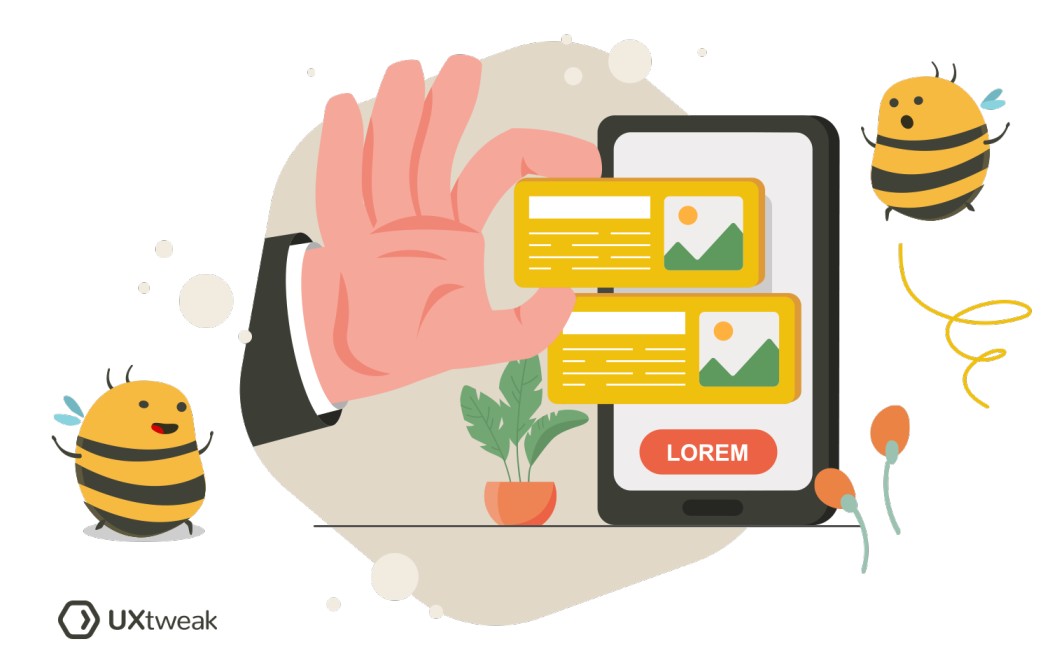What is design thinking process?
This process is a structured framework that guides designers through problem-solving.
It typically consists of five stages:
- empathize
- define
- ideate
- prototype
- test
These stages help designers gain insights into user needs, define problem statements, generate creative ideas, create prototypes, and test and refine solutions iteratively.
Why is design thinking important?
- User-Centric Solutions: It promotes a deep understanding of user needs, allowing designers to create products and experiences that truly meet those needs.
- Innovation and Creativity: Design thinking encourages out-of-the-box thinking, experimentation, and creative problem-solving.
- Collaboration and Interdisciplinary Approach: Design thinking brings together individuals with diverse skills, expertise, and perspectives, fostering a collaborative environment where collective intelligence can thrive. This interdisciplinary approach enables holistic problem-solving and leverages the strengths of each team member.
FAQ
User journey mapping is a technique used in design thinking to visualize and understand the user’s experience throughout their interaction with a product, service, or system. It involves mapping out the various touchpoints, actions, and emotions the user encounters, helping designers gain insights into the user’s perspective and identify opportunities for improvement and innovation.
Design thinking helps organizations gain a competitive edge by focusing on user needs, fostering innovation, and encouraging collaboration. It enables them to create products and solutions that deliver value, solve real problems, and resonate with their target audience.
Unlike traditional problem-solving approaches that may prioritize technical feasibility or business constraints, design thinking puts the user at the center of the UX design process. It emphasizes empathy, creative ideation, and iterative prototyping to develop solutions that address user needs effectively.





